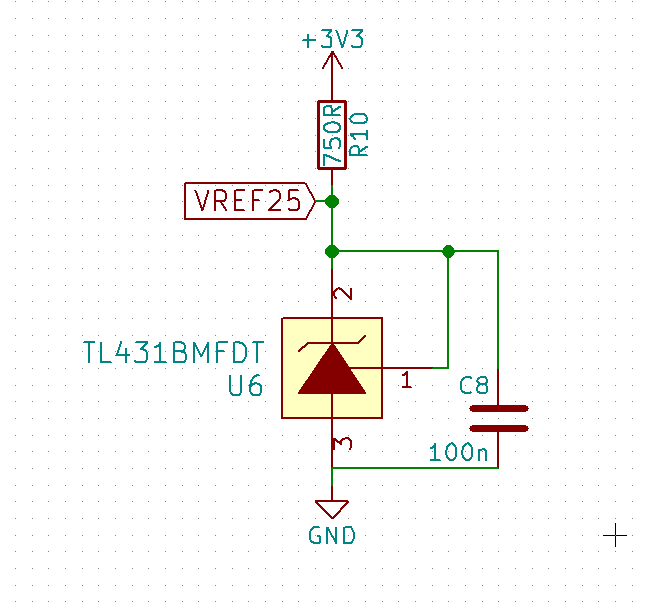
How to Use a TL431 Voltage Reference
The TL431 is a widely used precision programmable shunt regulator integrated circuit. It provides a highly accurate voltage reference source which can be programmed to any voltage between 2.5 V and 36 V, making it a versatile component in various electronic circuits. In this article, we will explore how to effectively use the TL431 voltage reference in your projects.
1. Understanding the TL431 Pinout
Before using the TL431, it is essential to understand its pinout configuration. The TL431 comes in a standard TO-92 package with three pins:
- Cathode (K)
- Anode (A)
- Reference (REF)
The TL431 can be powered with a supply voltage between 2.5 V and 36 V, with the cathode pin connected to ground reference and the anode pin connected to the positive supply voltage. The reference pin acts as the output of the device and provides a stable voltage reference based on the voltage divider connected to it.
2. Setting the Output Voltage
To set the output voltage of the TL431, a resistor divider network is connected to the reference (REF) pin. The formula to calculate the output voltage is:
Vout = 2.5 V (1 + R1/R2)
Where R1 is the resistor connected between the REF pin and ground, and R2 is the resistor connected between the REF pin and the anode pin. By selecting appropriate resistor values for R1 and R2, you can set the output voltage to your desired level within the range of 2.5 V to 36 V.
3. Current Limiting and Error Amplifier
The TL431 also features a built-in error amplifier and a current limiting function. The error amplifier compares the internal reference voltage (2.5 V) with the output voltage set by the resistor divider network and adjusts the current flow through the TL431 to maintain the desired output voltage. The current limiting function protects the device from excessive current flowing through it, ensuring its safe operation.
4. Applications of the TL431 Voltage Reference
The TL431 voltage reference can be used in a wide range of applications, including voltage regulators, power supplies, battery chargers, and precision voltage measurement circuits. Its versatility and accuracy make it a popular choice for designers looking to implement stable voltage references in their electronic designs.
5. Conclusion
In conclusion, the TL431 voltage reference is a versatile and accurate component that can be used in a variety of electronic circuits. By understanding its pinout, setting the output voltage, and utilizing its built-in error amplification and current limiting functions, you can harness the full potential of the TL431 in your projects. Experiment with different resistor values and configurations to explore the capabilities of this powerful voltage reference IC.
Was this helpful?
0 / 0